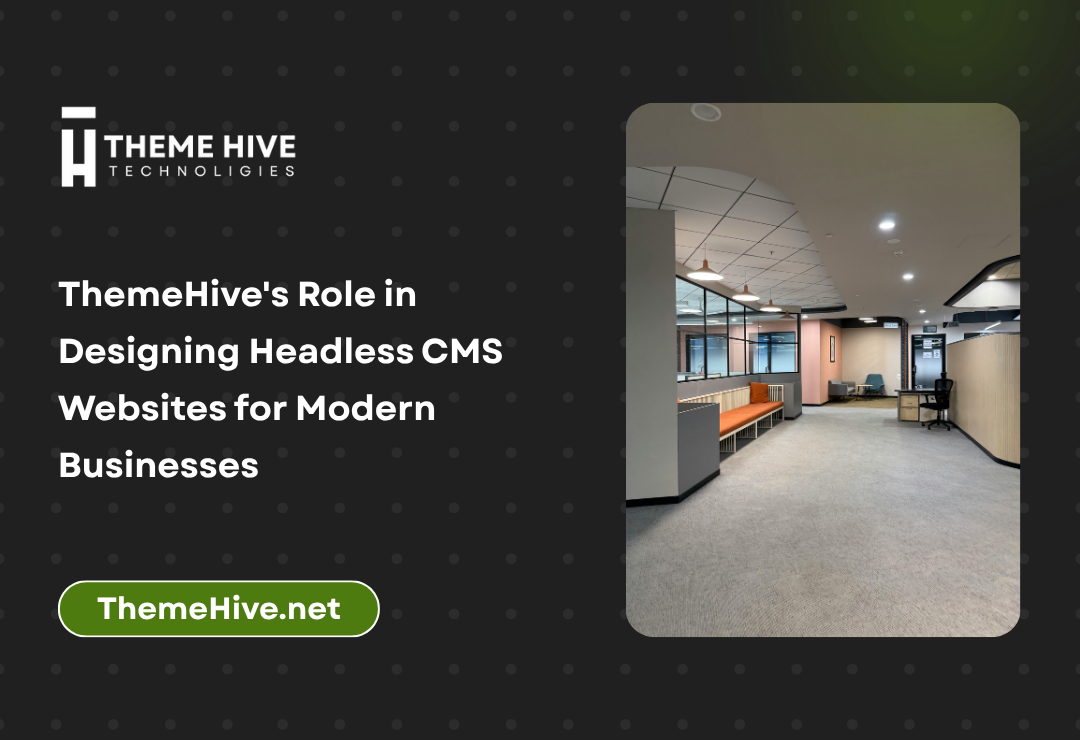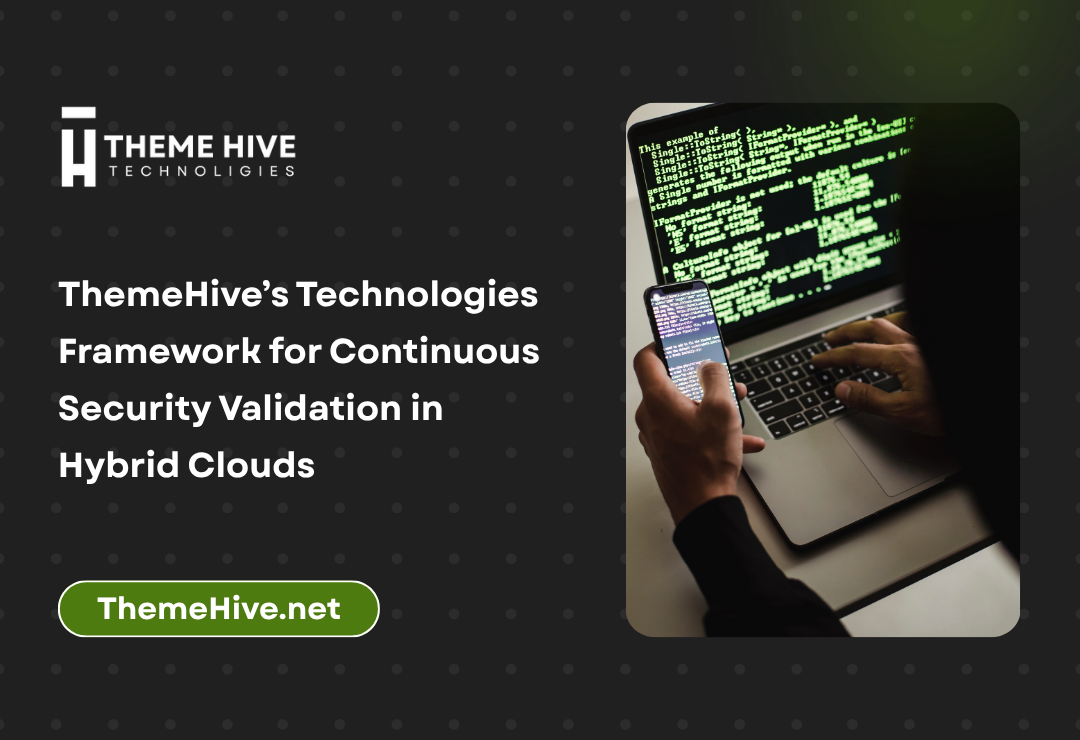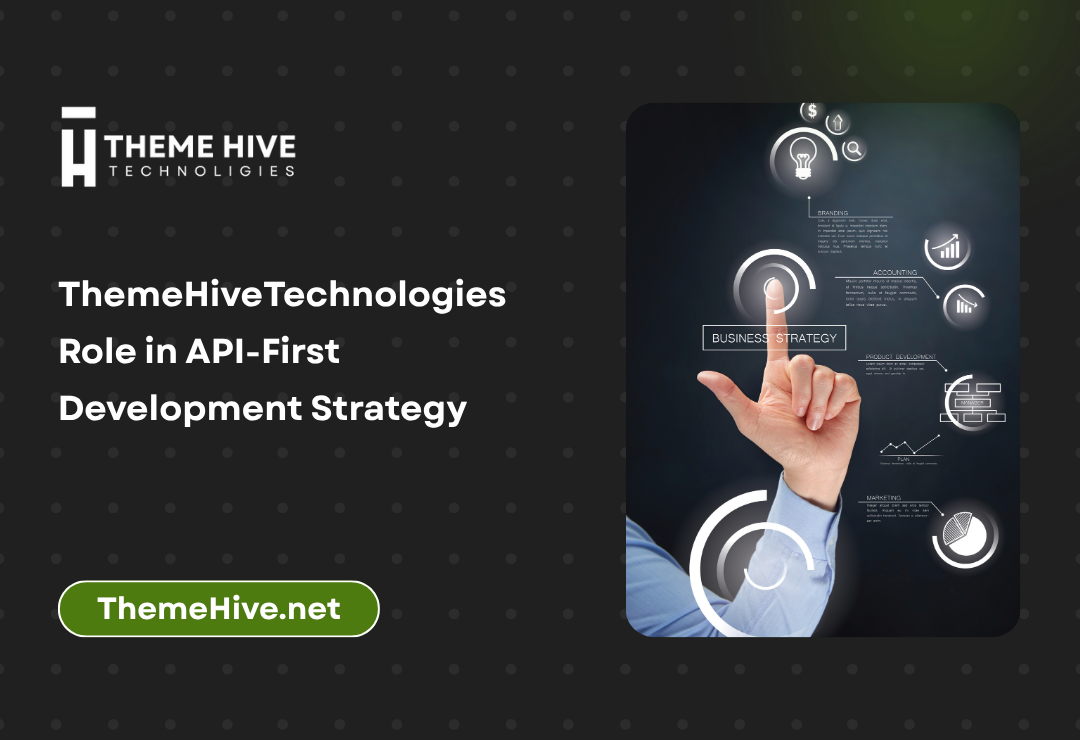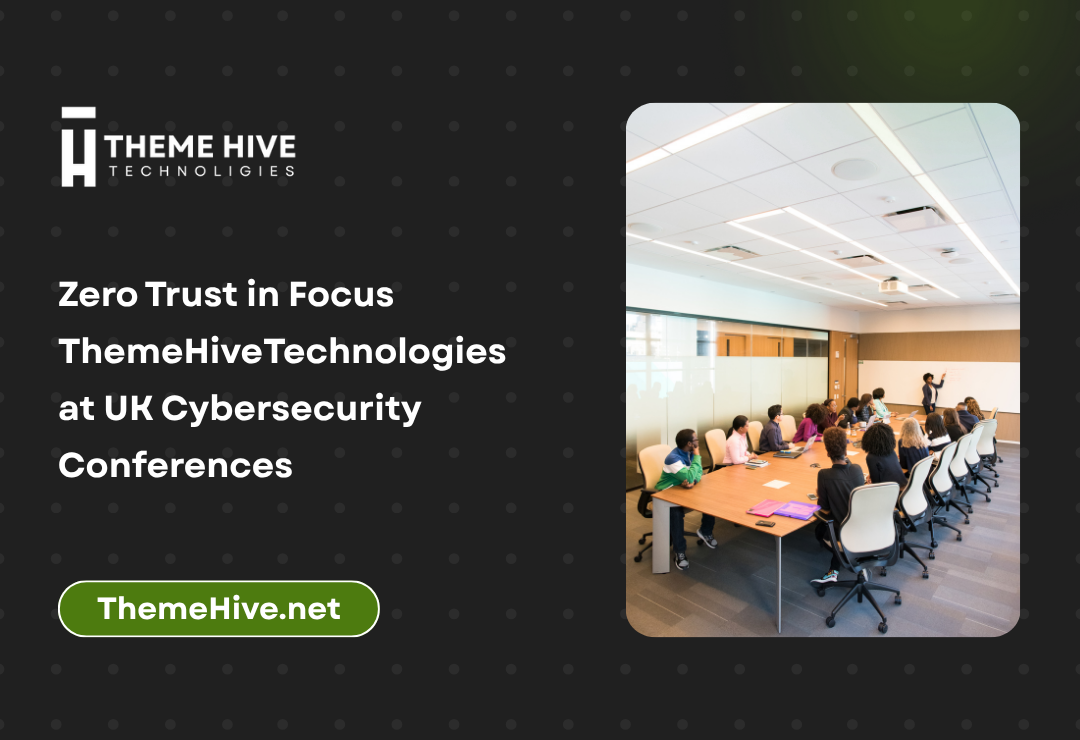The concept of the Metaverse has evolved from being a futuristic buzzword to a rapidly developing technological frontier. For businesses, it represents an entirely new digital ecosystem where collaboration, commerce, and communication are redefined. IT agencies are playing a pivotal role in helping enterprises transition into these virtual environments by building infrastructure, enhancing cybersecurity, and enabling seamless integration of digital tools. This article explores the opportunities, challenges, and practical applications of the Metaverse for businesses, with a focus on how IT agencies can drive the adoption of virtual workspaces.
Understanding the Metaverse for Business
What is the Metaverse?
The Metaverse is a collective virtual shared space created by the convergence of virtually enhanced physical reality, augmented reality (AR), virtual reality (VR), blockchain, and the internet. Unlike the traditional web, the Metaverse is immersive, interactive, and persistent, offering new dimensions of engagement.
Key Characteristics of the Metaverse
- Immersive Environments: Users interact in 3D digital spaces using VR headsets or AR devices.
- Persistence: Virtual worlds exist continuously, independent of whether users are logged in.
- Decentralization: Blockchain technology ensures transparency, ownership, and digital asset management.
- Interoperability: Virtual assets, avatars, and digital identities can move across platforms.
The Role of IT Agencies in Driving Metaverse Adoption
IT agencies are uniquely positioned to enable businesses to harness the Metaverse. From infrastructure development to security, their expertise ensures smooth integration into virtual workspaces.
1. Building Virtual Infrastructure
- Setting up cloud-based servers to support immersive applications.
- Developing custom VR/AR platforms for enterprise collaboration.
- Enabling digital twins for industries to simulate and optimize operations.
2. Cybersecurity and Data Protection
- Implementing Zero Trust Architecture to protect virtual environments.
- Securing blockchain-based transactions and NFTs.
- Monitoring data privacy risks in immersive workspaces.
3. Enabling Interoperability
- Creating APIs and middleware for cross-platform integration.
- Supporting decentralized identity solutions for seamless user access.
- Managing enterprise asset transfer across Metaverse platforms.
4. Enhancing Collaboration Tools
- Integrating immersive tools with productivity platforms like Microsoft Teams, Slack, and Zoom.
- Developing AI-powered virtual assistants to guide users in virtual offices.
- Supporting real-time holographic communication for meetings.
5. Providing Training and Change Management
- Educating employees on navigating virtual workspaces.
- Designing training simulations using VR/AR for skill development.
- Driving cultural change to adopt immersive technologies.
Opportunities for Businesses in the Metaverse
1. Virtual Workspaces
Businesses can replace or complement physical offices with immersive work environments. Virtual campuses allow for meetings, brainstorming, and project collaboration.
2. Enhanced Customer Engagement
Retailers can offer virtual showrooms where customers explore products in 3D. Real estate companies can conduct property tours virtually.
3. Training and Development
VR-based training allows safe, cost-effective, and immersive learning experiences in fields such as healthcare, manufacturing, and aviation.
4. New Revenue Streams
Enterprises can monetize virtual goods, services, and experiences. For instance, companies may sell branded digital assets or provide subscription-based access to exclusive virtual spaces.
5. Sustainability
Virtual workspaces reduce the need for travel and physical office space, contributing to lower carbon footprints.
Challenges in Adopting Metaverse Workspaces
1. Infrastructure Costs
Developing and maintaining Metaverse platforms requires significant investment in hardware, software, and cloud infrastructure.
2. Security and Privacy Risks
Immersive environments create new vulnerabilities, from identity theft to deepfake threats.
3. Regulatory Uncertainty
Governments are still defining legal frameworks for digital asset ownership, data protection, and cross-border virtual transactions.
4. Employee Readiness
Not all employees are familiar or comfortable with VR/AR technologies, requiring robust training.
5. Scalability Concerns
Ensuring seamless operation across millions of users requires innovation in bandwidth, processing power, and AI-driven network management.
Industry-Specific Applications of the Metaverse
Healthcare
- Virtual consultations in immersive clinics.
- VR-based surgical training simulations.
- Digital twins of patients for predictive healthcare.
Education
- Virtual classrooms with interactive 3D content.
- Student collaboration across borders.
- Lifelong learning through immersive simulations.
Retail
- Virtual fashion shows.
- AR-powered product try-ons.
- Personalized shopping experiences in virtual malls.
Finance
- Virtual banking branches.
- Blockchain-based financial ecosystems.
- AI-driven financial advisors in immersive settings.
Manufacturing
- Digital twin-based factory simulations.
- VR training for hazardous environments.
- Predictive maintenance using IoT and AR overlays.
Preparing Businesses for the Metaverse
1. Assess Business Goals
Enterprises must identify specific objectives for leveraging the Metaverse, whether for employee collaboration, customer engagement, or product innovation.
2. Invest in Infrastructure
Investing in high-speed networks, cloud computing, and VR/AR devices is essential.
3. Partner with IT Agencies
Collaboration with IT agencies ensures seamless development, integration, and support for virtual environments.
4. Prioritize Cybersecurity
Businesses should adopt strong encryption, identity verification, and real-time monitoring to protect digital assets.
5. Develop a Phased Adoption Plan
Start with pilot projects, such as virtual training, before scaling to full immersive workspaces.
Strategic Roadmap for Enterprises
- Short-Term (2025–2027): Deploy pilot projects in VR training, virtual meetings, and digital showrooms.
- Medium-Term (2028–2030): Scale immersive workspaces across departments, integrate blockchain for asset management.
- Long-Term (2030+): Establish fully immersive, enterprise-wide Metaverse operations with global accessibility.
The Role of Theme Hive Technologies
Both ThemeHive Technologies and Theme Hive Technologies play a critical role in helping enterprises embrace the Metaverse. With expertise in cloud infrastructure, immersive design, and cybersecurity, these IT partners guide organizations in creating robust virtual ecosystems. Their services ensure seamless adoption of digital tools that prepare businesses for future growth.
Conclusion
The Metaverse is more than a trend — it is the next frontier in business transformation. IT agencies are the catalysts for making virtual workspaces a reality by providing technical expertise, security frameworks, and scalable platforms. For businesses that embrace this shift early, the Metaverse offers limitless opportunities in productivity, engagement, and growth. With guidance from agencies like ThemeHive Technologies and Theme Hive Technologies, enterprises can navigate the complexities of this new digital frontier confidently.
Metaverse for Business







